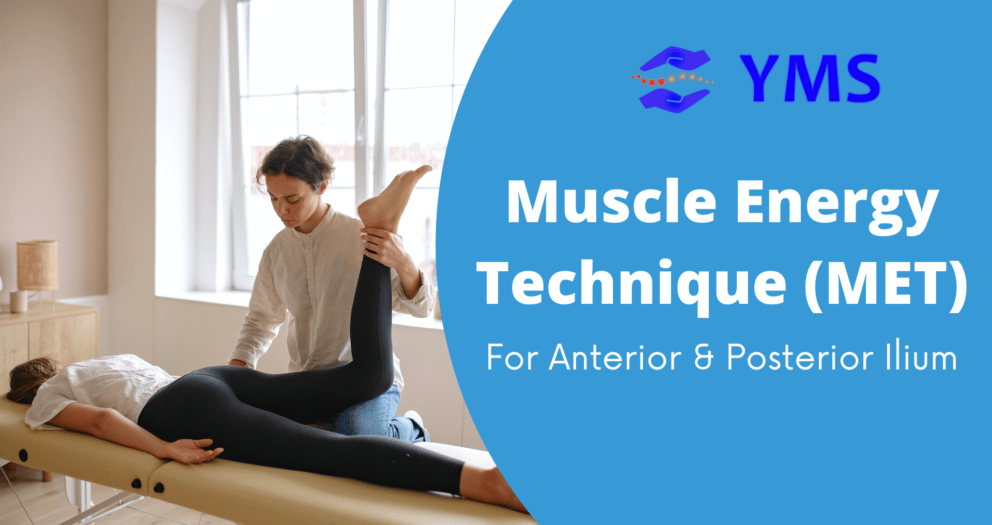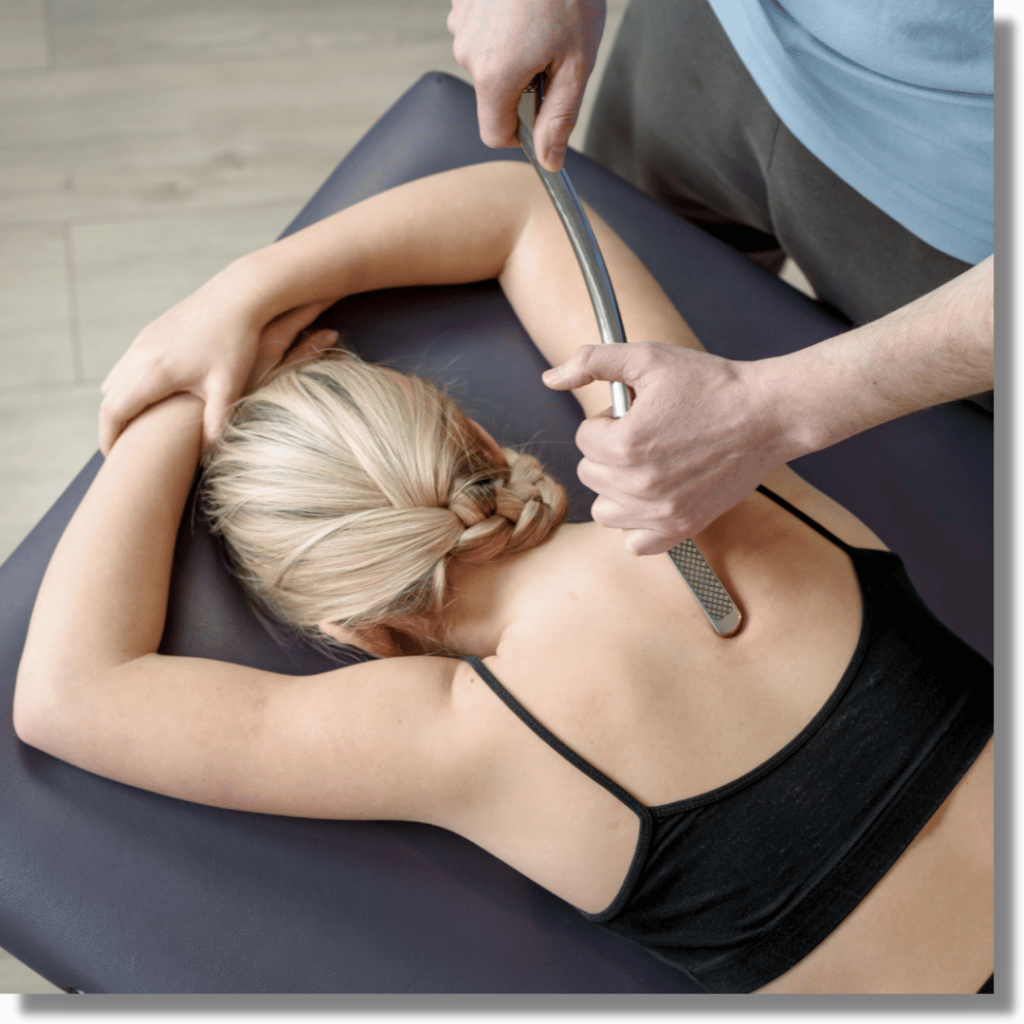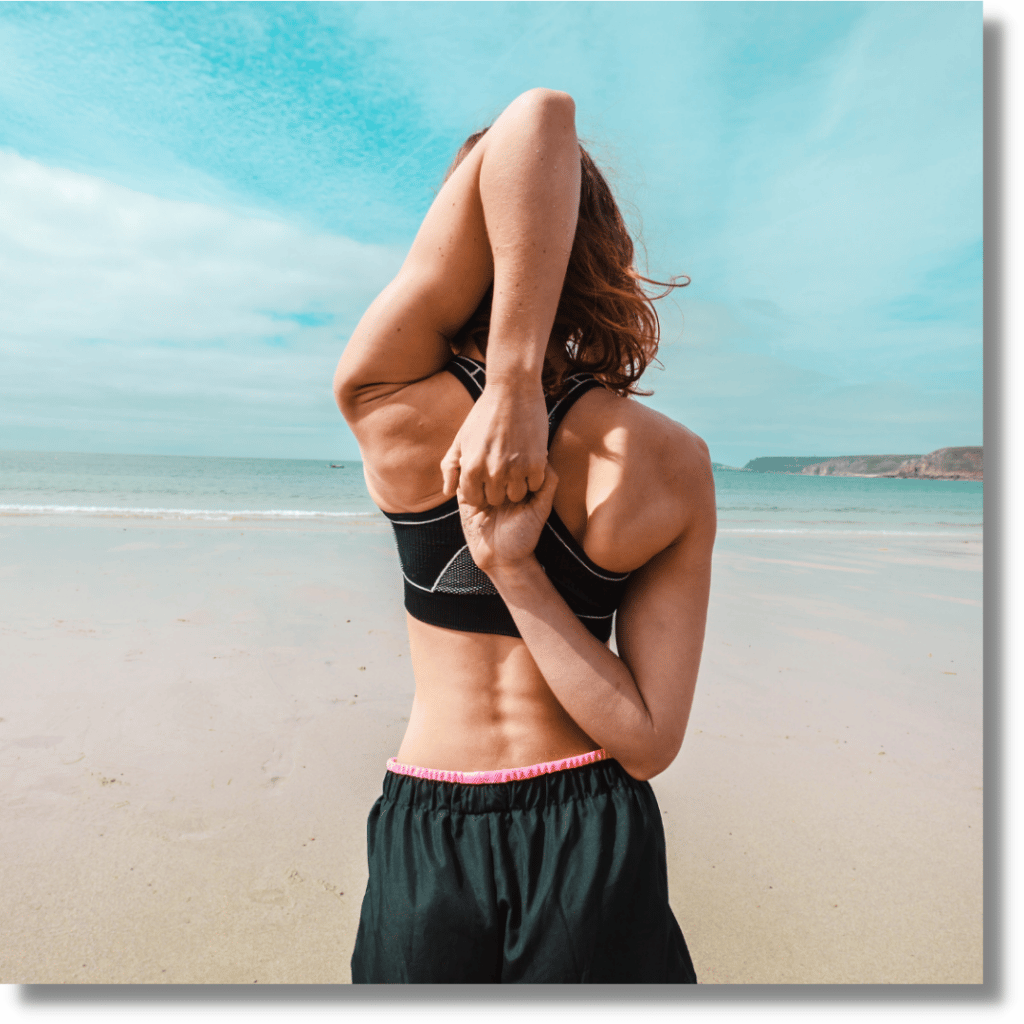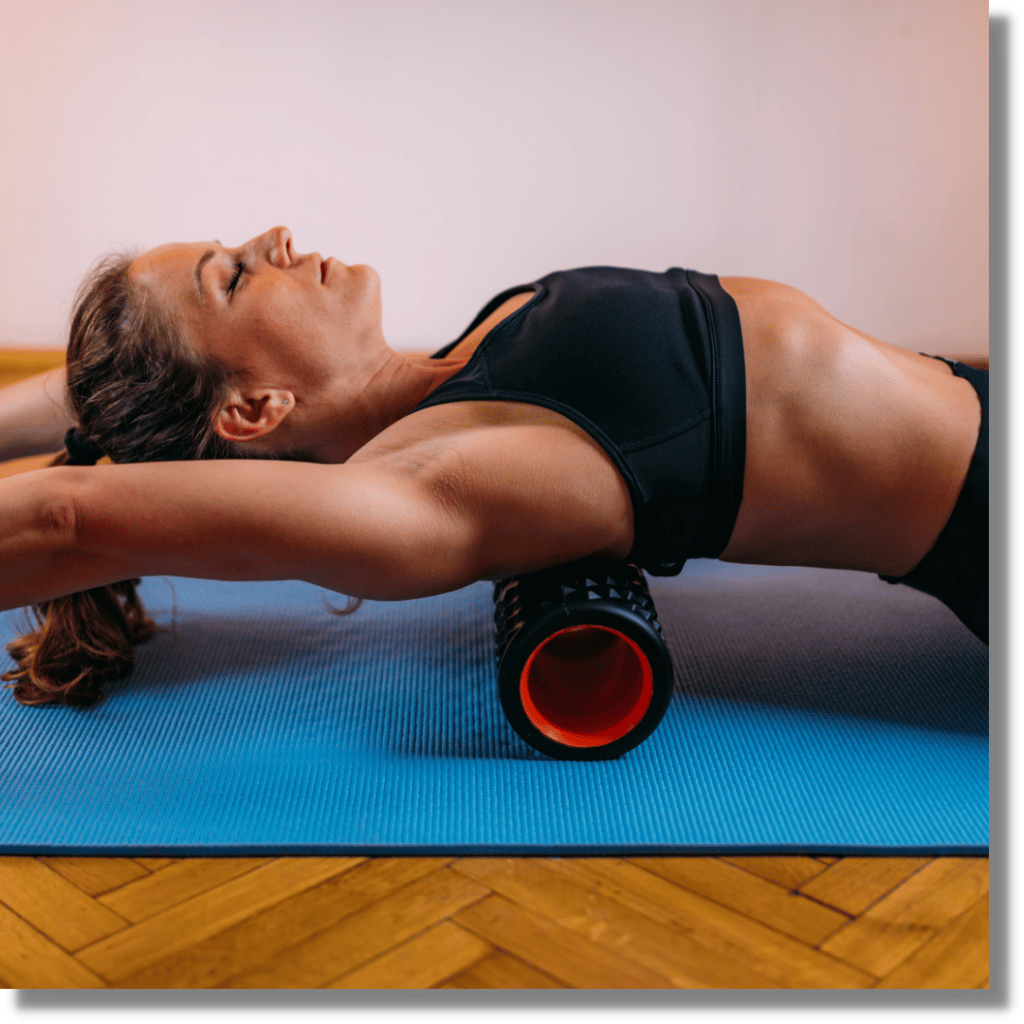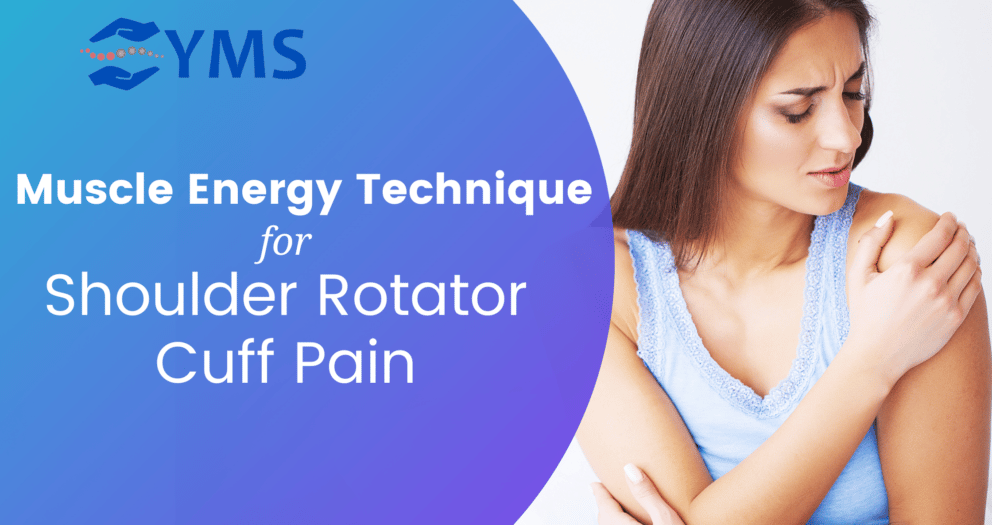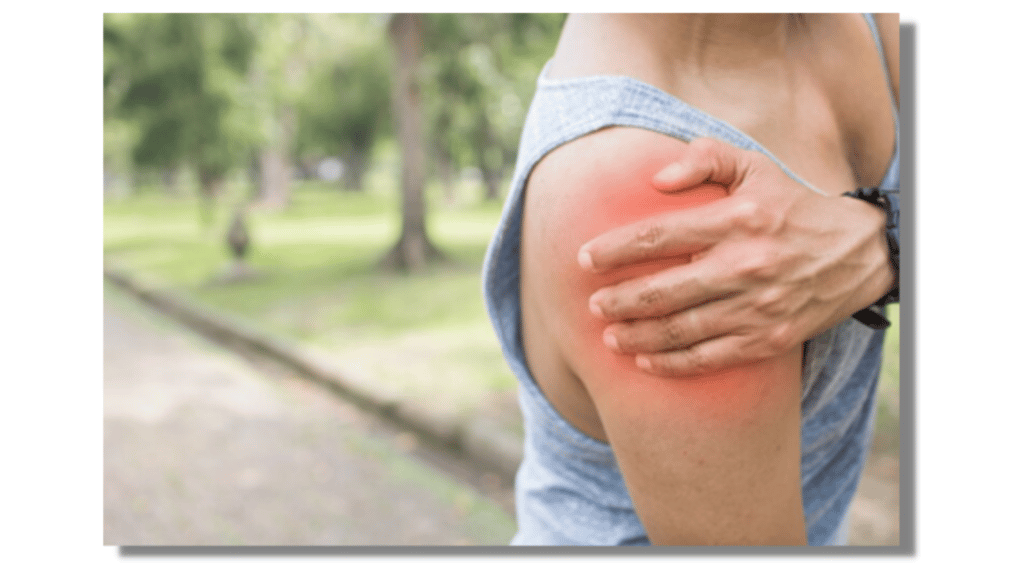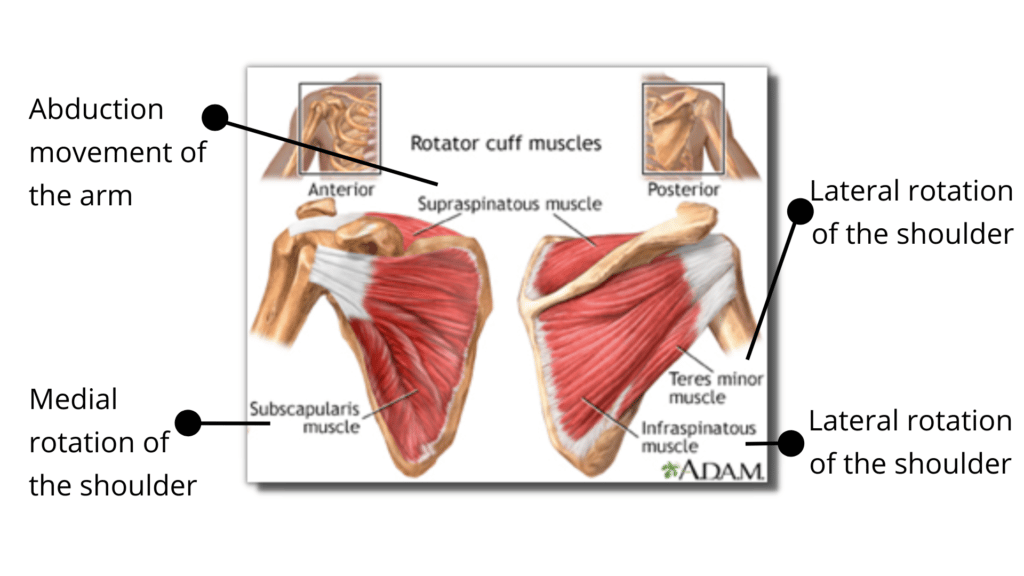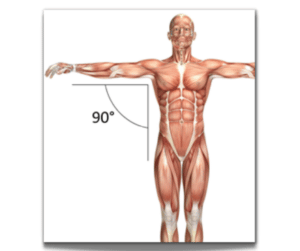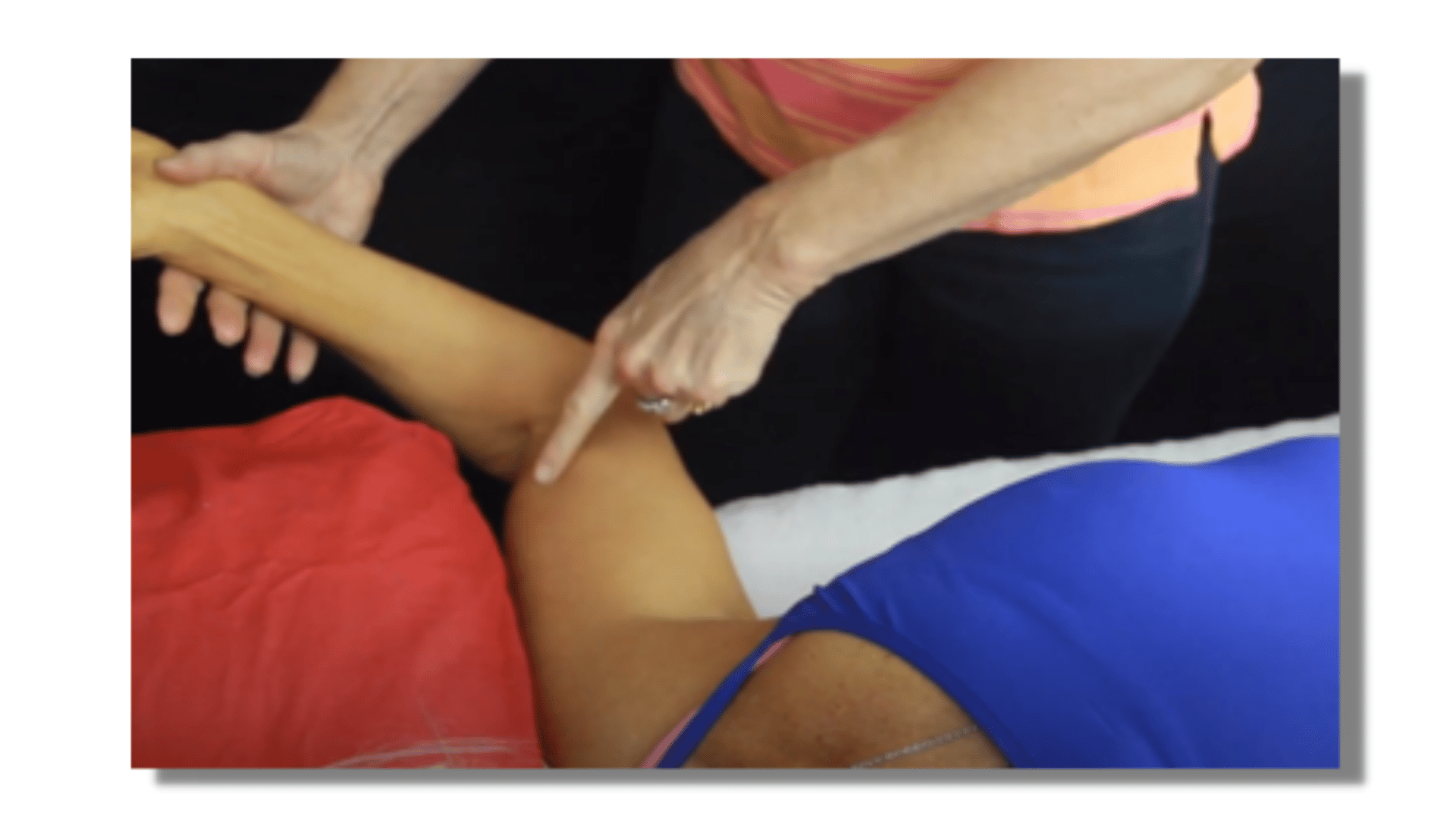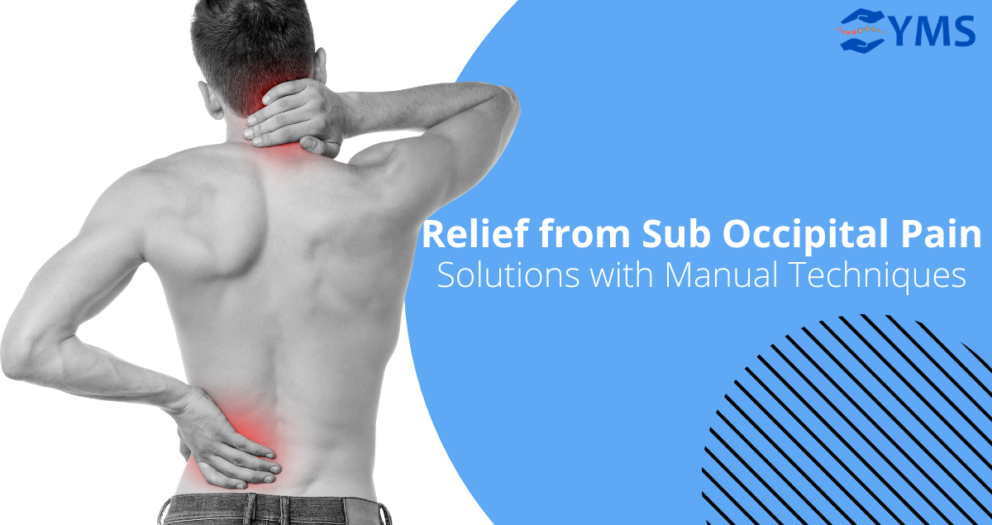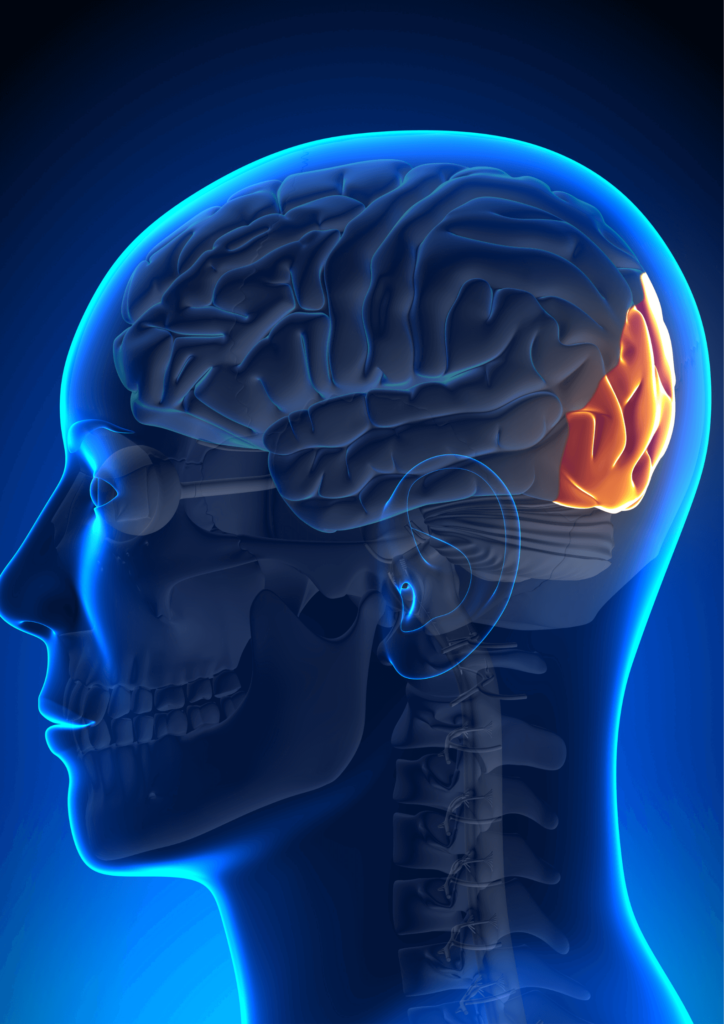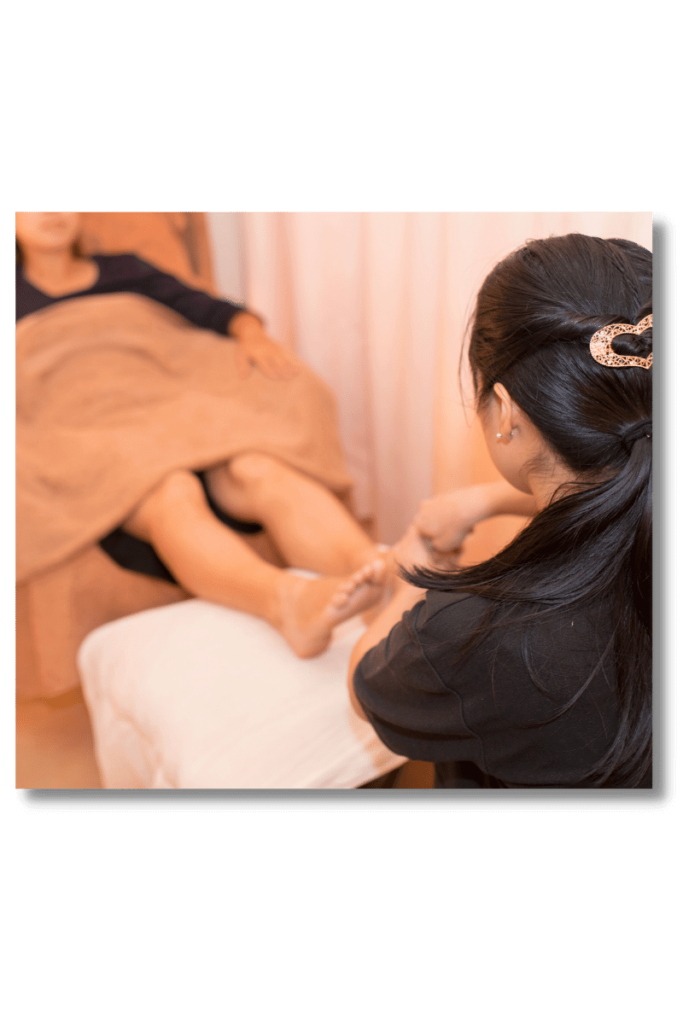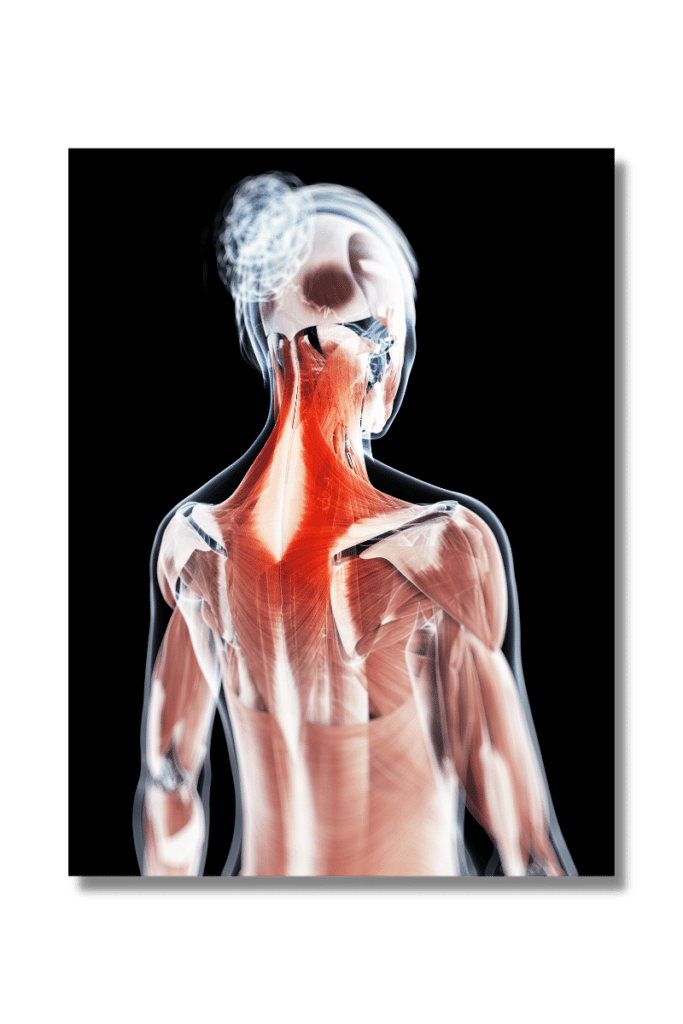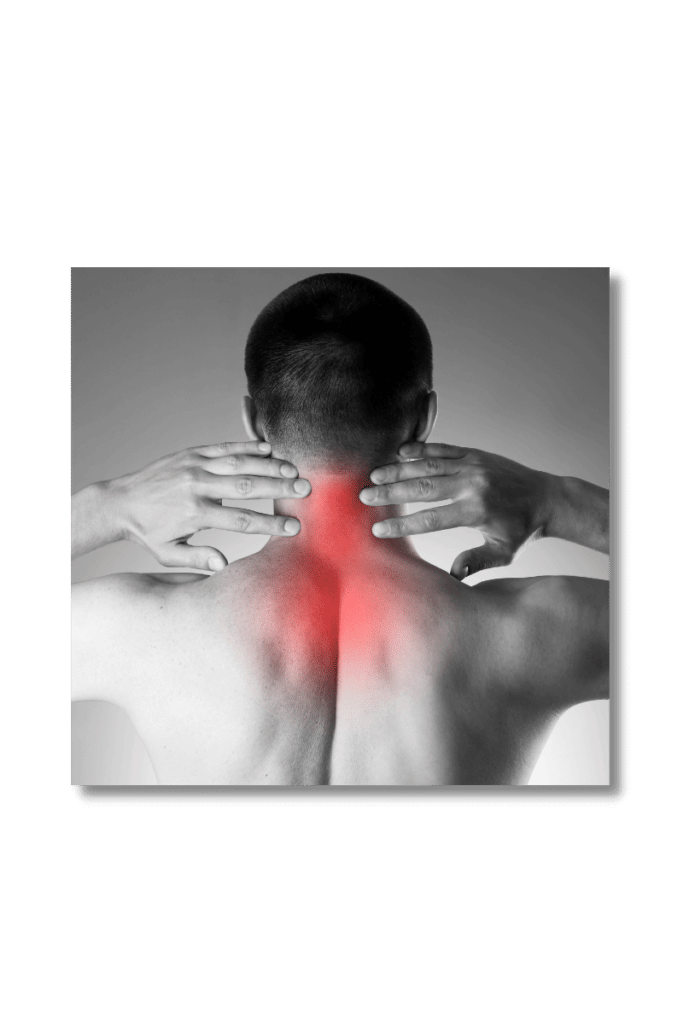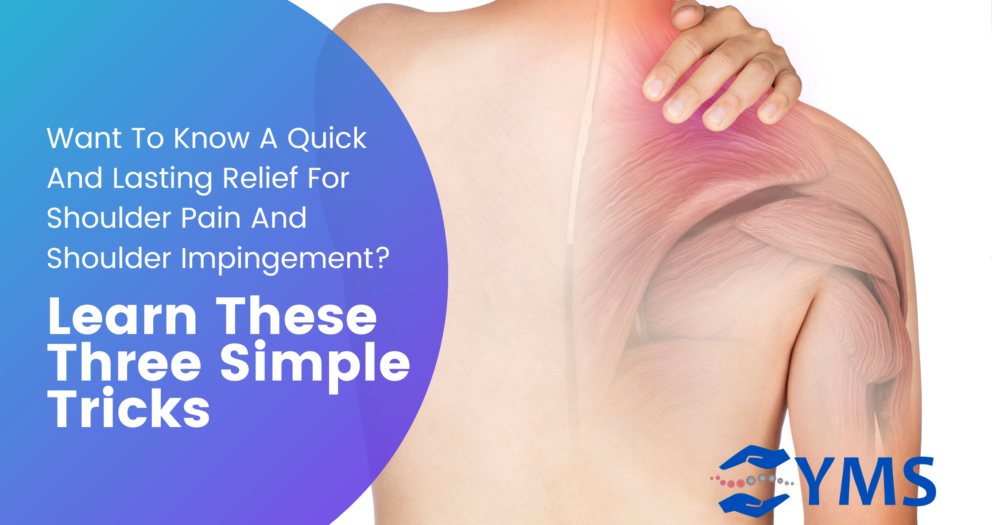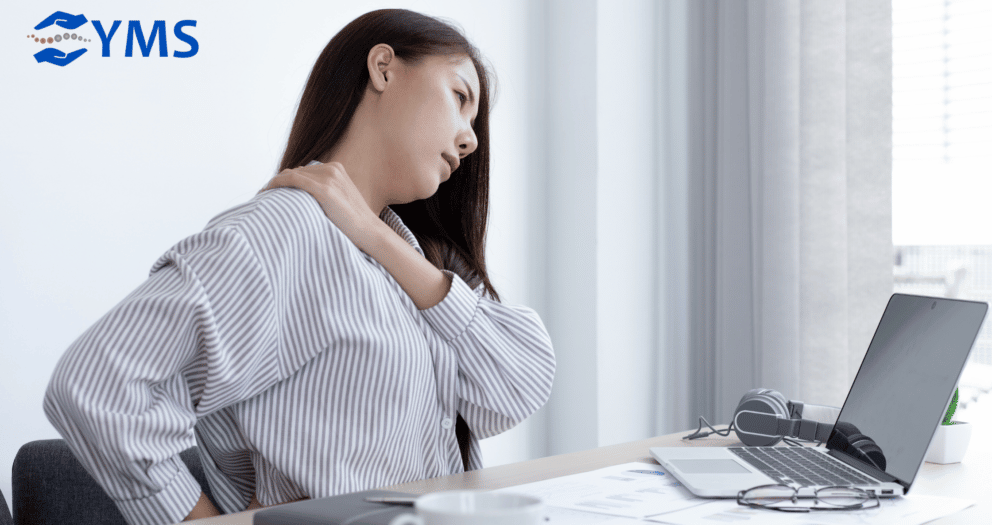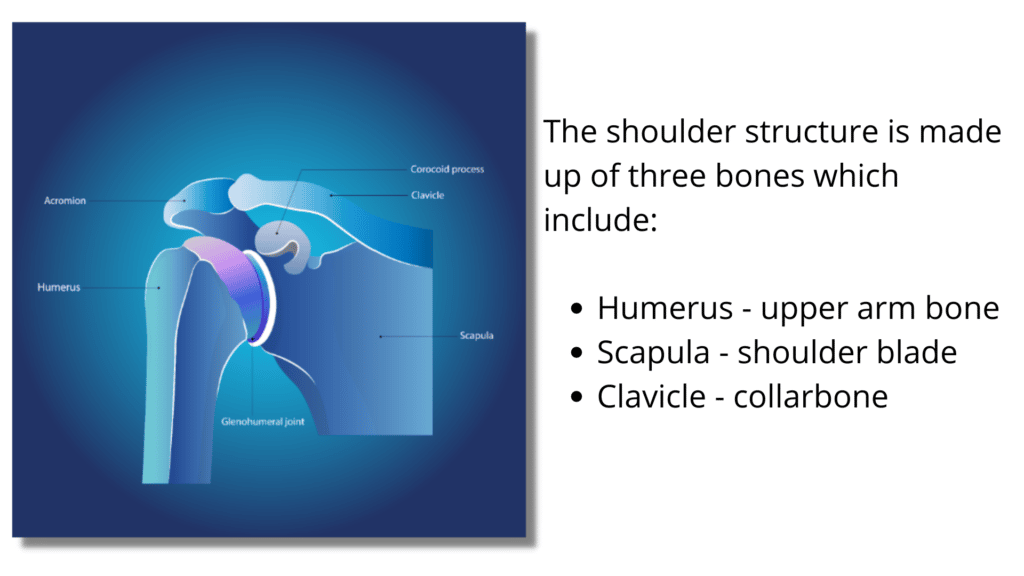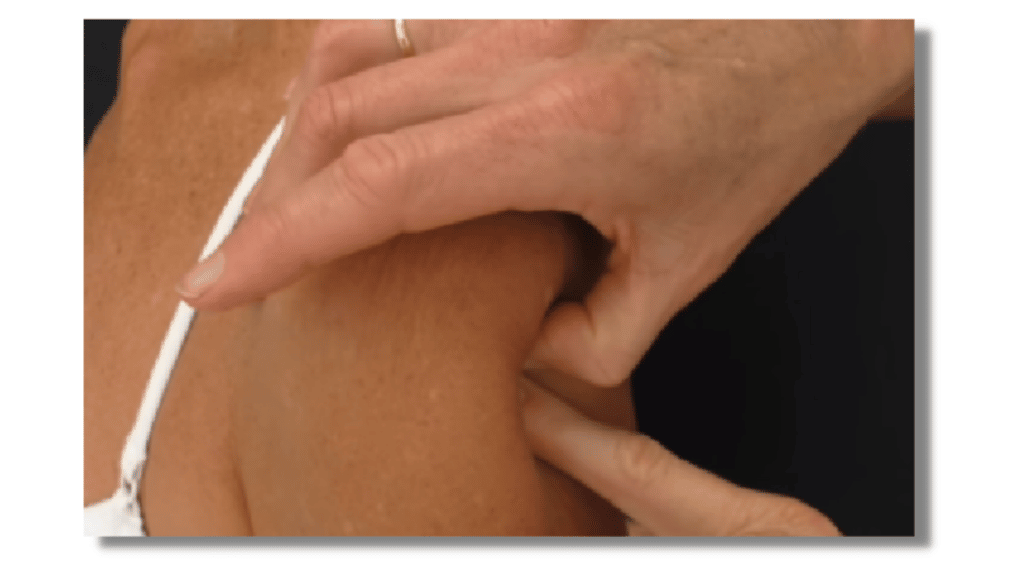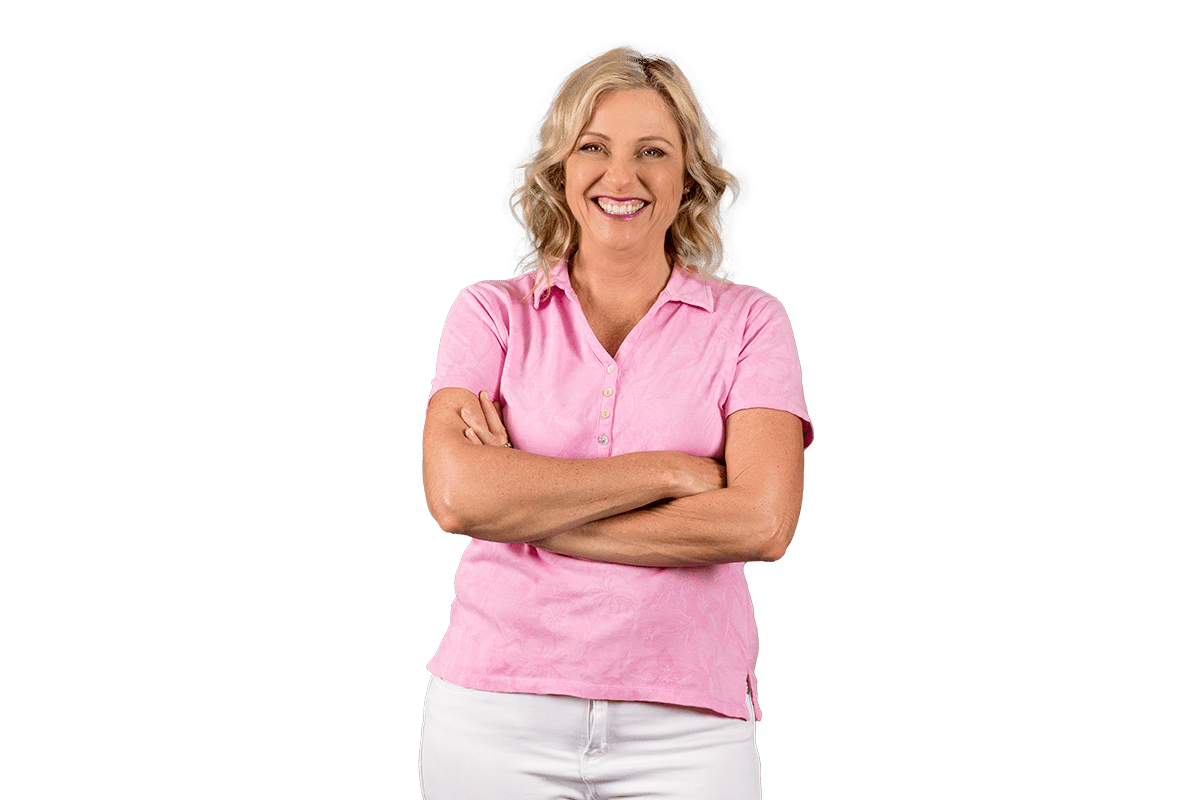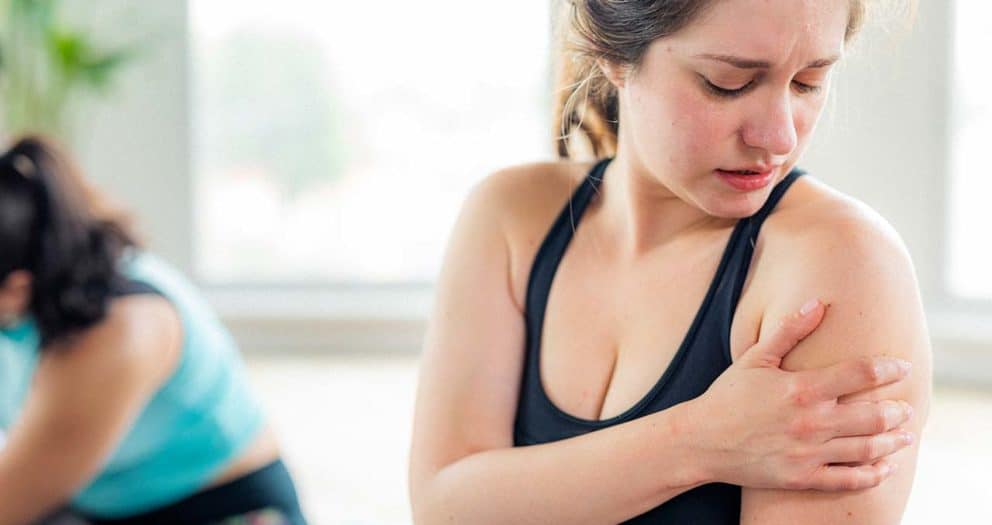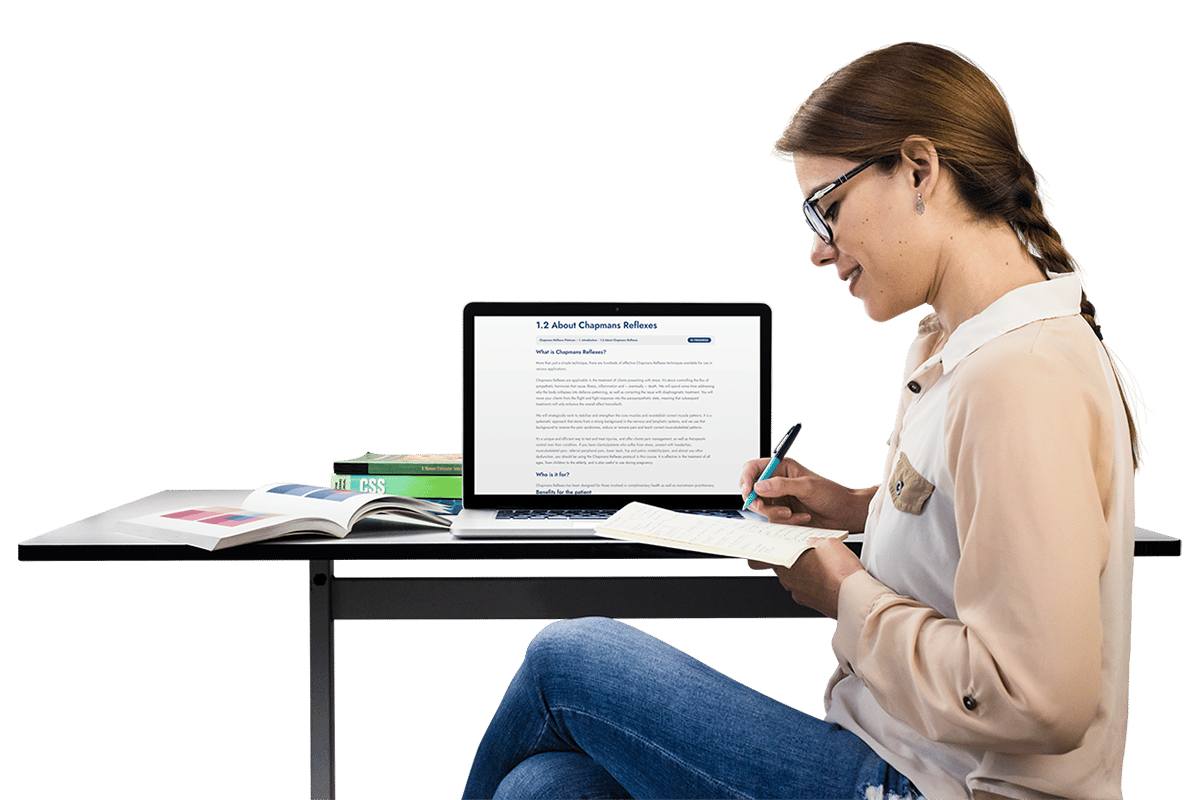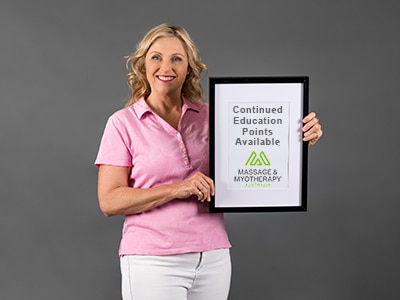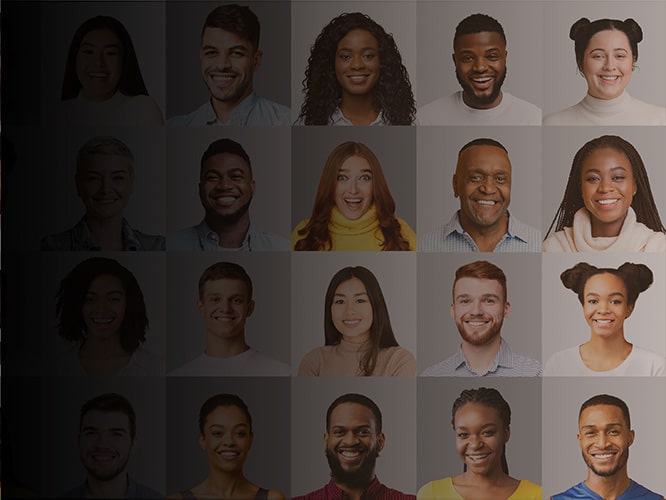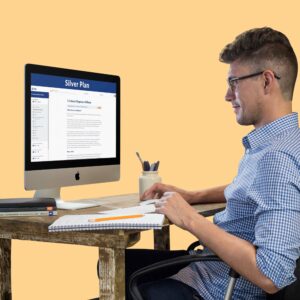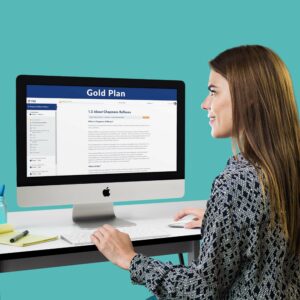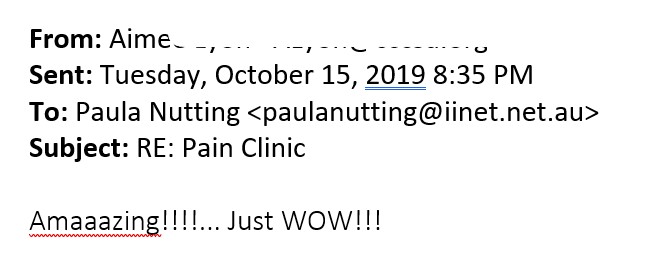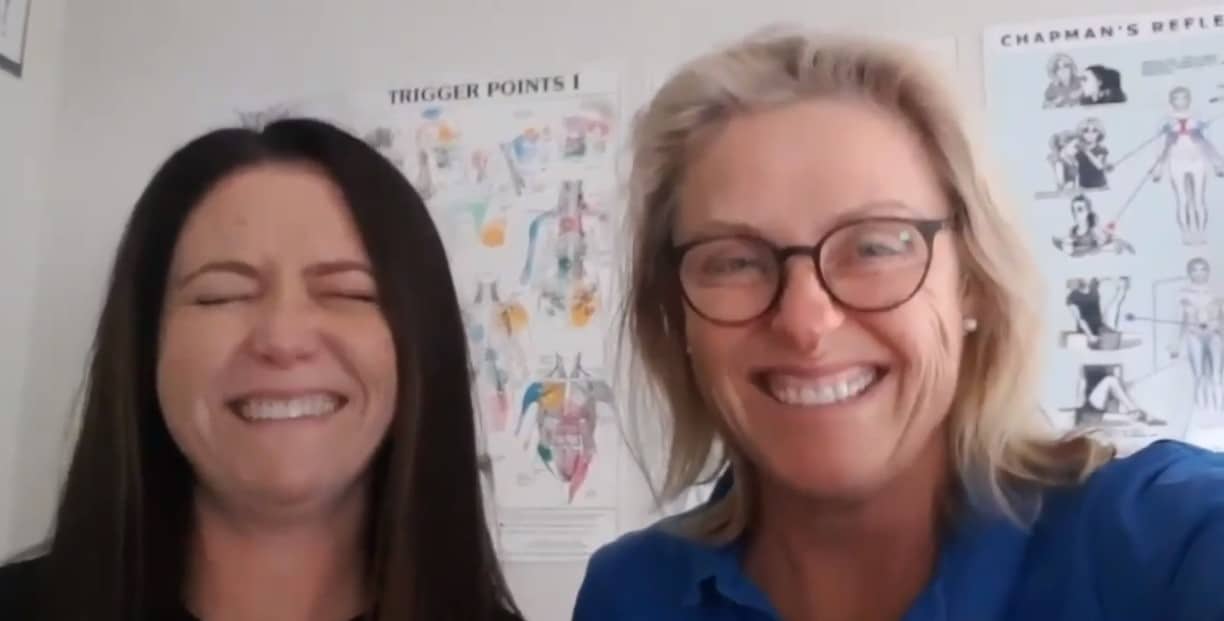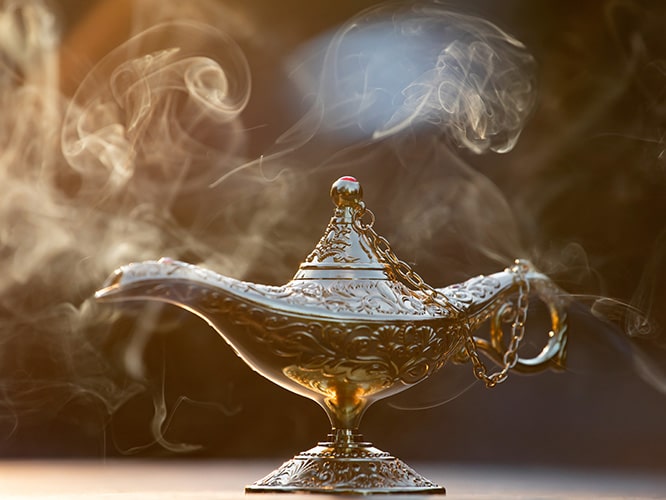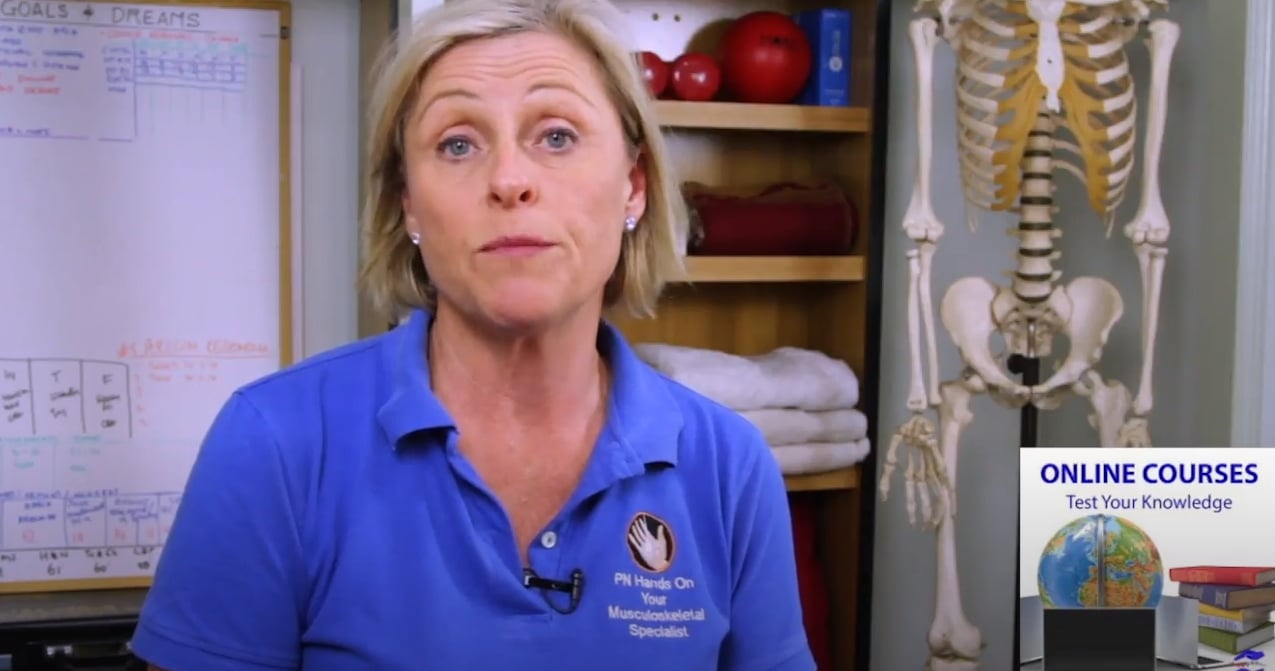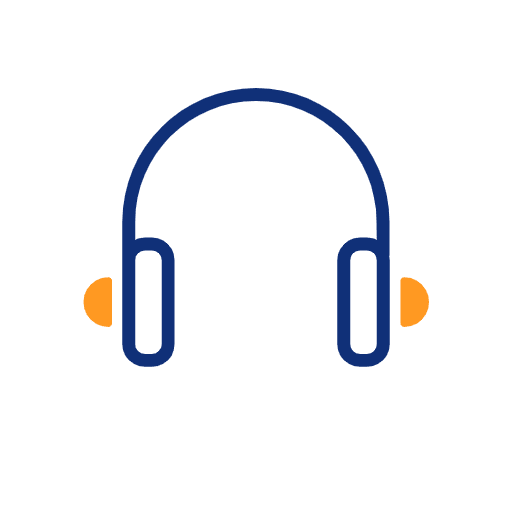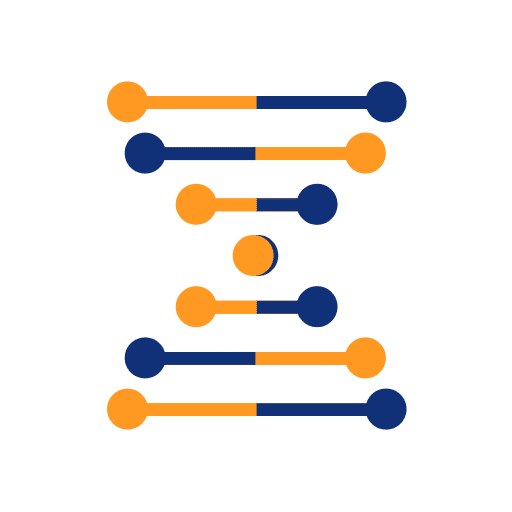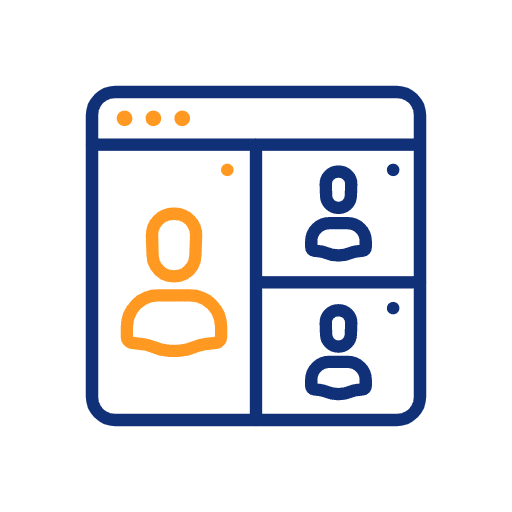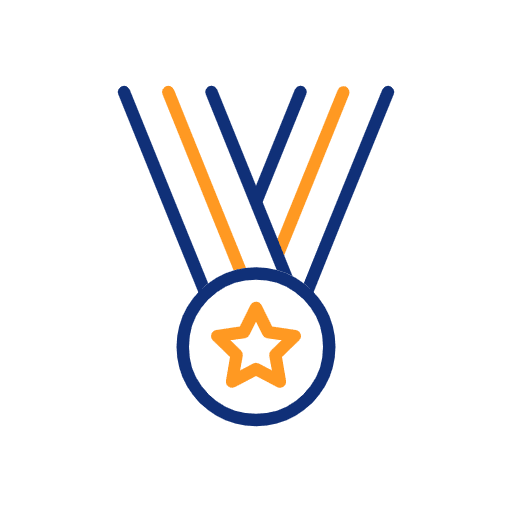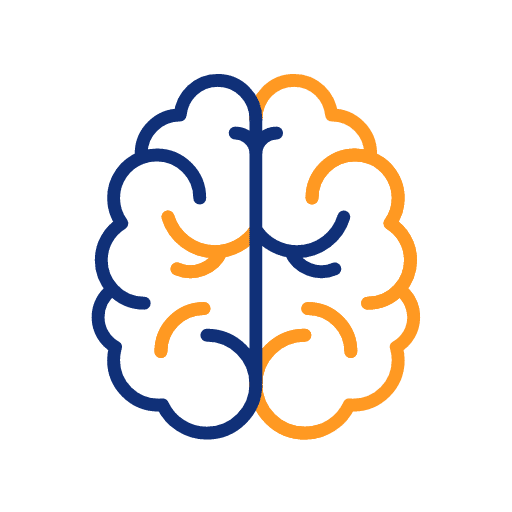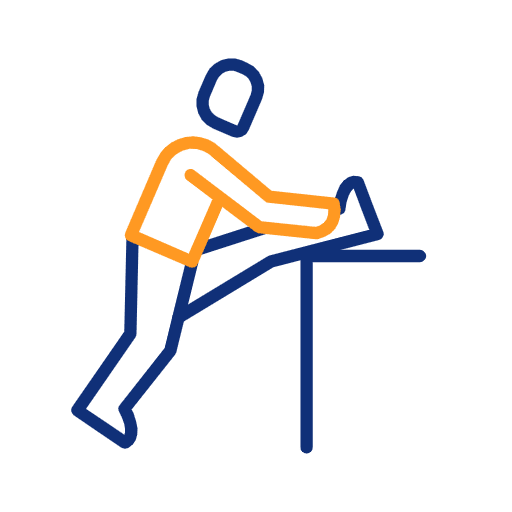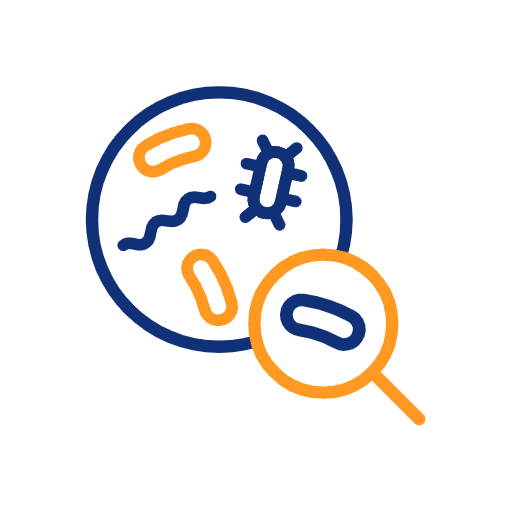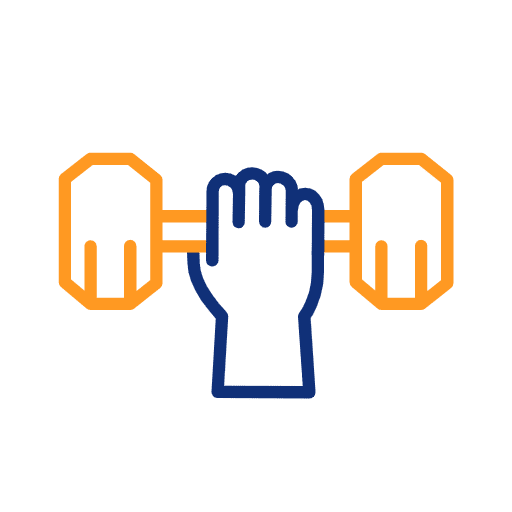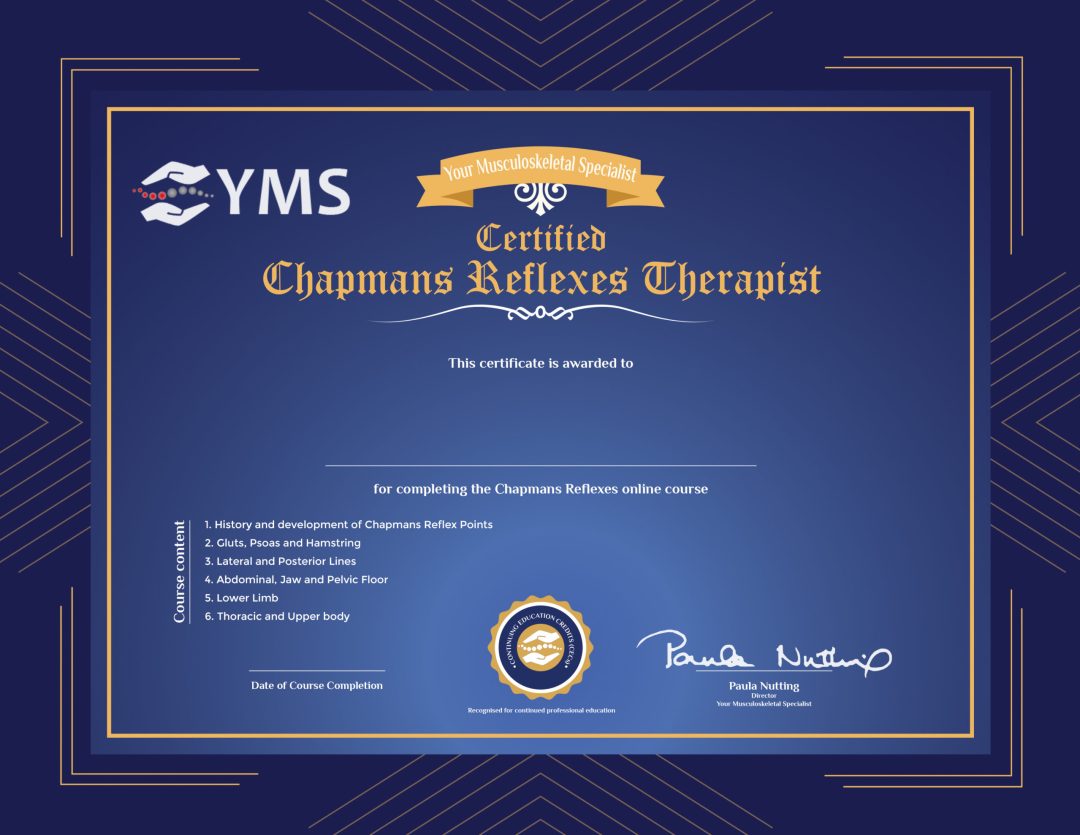Know some Muscle Energy Technique for Anterior and Posterior Ilium
What Is Muscle Energy Technique?
In 1948, Fred Mitchel Sr, D.O. developed a type of osteopathic manipulative medicine (OMM) known as the "Muscle Energy Technique (MET)." MET improves musculoskeletal function by mobilizing joints, stretching tight muscles and fascia, reducing pain, and improving circulation and lymphatic flow (Waxenbaum, 2020). In simple terms, MET is a hands-on approach to treatment that uses the therapist's manual resistance to help the patient move their muscles. Hence, it is believed to work by mobilizing adhesions and restoring normal joint motion. As a result, MET provides pain relief, improves function, and reduces muscle tension. While the exact mechanisms are still being studied, there's plenty of anecdotal evidence to suggest that MET can be an effective treatment for various conditions.
What Are Some Common Active Technique Treatments Aside from Muscle Energy Technique?
There are many different types of Active Technique treatments, but some of the most common include:
• Myofascial release: This involves applying gentle pressure to the fascia (the connective tissue surrounding muscles) to release tension and improve blood flow. There has been some debate about myofascial release, with some questioning its efficacy. However, a growing body of research suggests that myofascial release therapy can benefit many conditions.
• Muscle stripping: This technique uses manual resistance to "strip" or lengthens muscles. So, what is muscle stripping? Muscle stripping is a technique that uses manual pressure and movement to separate and stretch the muscle fibers. This is said to help improve blood circulation and promote the healing of injured muscles.
It's used to treat a variety of issues, such as Tendonitis, Muscle pain, Scar tissue, Stress, Fractures, Muscle Knots
Furthermore, muscle stripping is a massage used to treat muscle pain and tension. It is believed to work by breaking up knots and adhesions in the muscles, which can relieve pain and improve flexibility. This procedure is generally performed on the abdomen, hips, and thighs. To perform muscle stripping, the therapist will first apply a layer of oil to the area that needs treatment. They will then use their fingers or a tool to massage and stretch the muscles, which helps break down any knots or tension. This process is repeated until the therapist is satisfied with the results.
Moreover, the side effects of muscle stripping can vary depending on the individual but may include swelling, bruising, pain, and numbness. In some cases, patients may experience temporary difficulty walking or standing.
Nevertheless, muscle stripping is often used to treat chronic pain, tension headaches, and carpal tunnel syndrome. It can also be helpful for athletes who are looking to improve their performance and reduce the risk of injury.
• Isometric holds: In this treatment, the therapist will ask the patient to contract their muscles against resistance for a certain period. This treatment is thought to help relieve muscle tension because it causes the muscle fibers to stretch and recoil. This helps break down the knots or adhesions that can form in the muscle tissue, leading to pain and tension.
You'll need to find a sturdy surface like a table or countertop to do an isometric hold. Place your hand on the surface and squeeze your hand and forearm muscles as hard as you can for 10 seconds. Release and rest for 10 seconds, then repeat the hold for another 10 seconds. Do this for a total of three rounds.
So, what are the risks of isometric holds? Well, like any type of exercise, there is always a risk of injury. If you're not careful, you could end up straining or even tearing your muscles. That's why it's important to start slowly and gradually build up the intensity of your holds.
Another thing to watch out for is cramping. If you hold your muscles in a static position for too long, you might start to experience cramps. This is usually nothing to worry about, but you should speak to your therapist if the cramps are severe or persistent.
There are a few occasions when you should avoid doing isometric holds. If you're pregnant, have high blood pressure, or are recovering from surgery, it's best to speak to your musculoskeletal specialist before starting this treatment. Additionally, it's important to stop and consult your musculoskeletal specialist as soon as possible if you experience any pain or discomfort during an isometric hold.
How Can Muscle Energy Technique Help With Anterior and Posterior Ilium Pain?
Here are some ways on how Muscle Energy Technique (MET) can help with anterior and posterior ilium pain:
Stretching the muscle helps to lengthen it and improve flexibility. When the muscle is flexible, it can work more efficiently and with less tension. This can help to reduce pain and discomfort.
Breathing helps to control muscle tension and relaxation. It also helps improve blood circulation, providing more oxygen and nutrients to the muscle. This can further reduce pain and discomfort, as well as improve healing.
To maximize the effects of MET, you can also do follow-up self-massage at home. Self-massage helps break up scar tissue and adhesions, which can cause pain and restrict movement. It also helps to increase blood circulation and improve healing.
Does Muscle Energy Technique Have Any Side Effects?
There are some risks associated with using Muscle Energy Technique. As with any physical therapy, there is always a chance of injury. You could pull a muscle or even damage your joint if you're not careful.
Another thing to be aware of is that MET can be pretty intense. Some people find it uncomfortable, and it can take a while to get used to the sensation. It's important to start slowly and build up your tolerance gradually.
As with any musculoskeletal treatment, always consult a musculoskeletal specialist like Paula Nutting before starting MET. They can advise you on whether it's the right choice and help you avoid any possible side effects.
How to Address Anterior and Posterior Ilium Pain?
Anterior and Posterior Ilium Pain can be addressed through stretching, breathing, and self-massage. Stretching is key to releasing tension in the muscle and preparing it for movement. A good stretch technique is important to elongate the muscle without causing pain or discomfort.
Breathing is also essential for effective MET. You need to ensure you're breathing deeply and rhythmically to get the most out of the stretch.
Finally, self-massage is a great way to release any tension that has built up in the muscle. A good massage technique will help increase blood flow and reduce inflammation.
How Can I Stretch Effectively?
There are a few things to keep in mind when stretching effectively.
First, always warm up your muscles before stretching. This can be done by taking a light jog, jumping jacks, or simply marching in place.
Second, be sure to hold each stretch for at least 20 seconds. This will allow the muscle to relax and lengthen.
Third, don't bounce as you stretch. This can cause the muscle to tear and may lead to injury.
How Can I Stretch Effectively?
When using Muscle Energy Techniques, breathing deeply and rhythmically is important to achieve the best results.
Not only does this help to relax the body and clear the mind, but it also helps move the energy around the body correctly.
Deep diaphragmatic breathing is done by contracting the stomach muscles to push the air out of the lungs. It allows you to use 100% of your lung capacity and increases your lung efficiency.
How Can I Self-Massage Effectively?
There are a few ways to self-massage effectively. One is to use a massage ball or foam roller to target specific muscles. Another is to use your hands to massage the affected area. And finally, you can use a technique called compression massage, which involves pressing down on the muscle with your fingers or thumbs.
Watch This Video and Subscribe to Learn More!
Searching for effective techniques to resolve your patient's hip pain? Paula Nutting, Your Musculoskeletal Specialist, discusses Anterior and Posterior Ilium pain relief using Muscle Energy Technique (MET). Try it now! click here
"Having a great time reading this article, share it with with your friend or other people who you think will benefit with this post..."
Check out other recommended articles: Click Here
References
Stenersen, B., & Bordoni, B. (2022, January). Osteopathic manipulative treatment: Muscle energy procedure - cervical vertebrae. National Library of Medicine. Retrieved July 7, 2022, from https://www.ncbi.nlm.nih.gov/books/NBK560706/
Cleveland Clinic. (2022, March 30). Diaphragmatic breathing exercises & benefits. Retrieved July 7, 2022, from https://my.clevelandclinic.org/health/articles/9445-diaphragmatic-breathing
Physiopedia. (2022, April 13). Muscle energy technique. Retrieved July 7, 2022, from https://www.physio-pedia.com/Muscle_Energy_Technique
Fleckenstein, J. (2010, February 11). Discrepancy between prevalence and perceived effectiveness of treatment methods in myofascial pain syndrome: Results of a cross-sectional, nationwide survey - BMC musculoskeletal disorders. BioMed Central. https://bmcmusculoskeletdisord.biomedcentral.com/articles/10.1186/1471-2474-11-32
